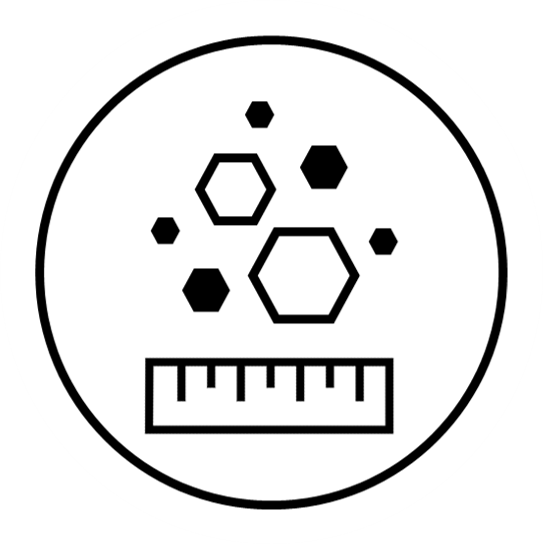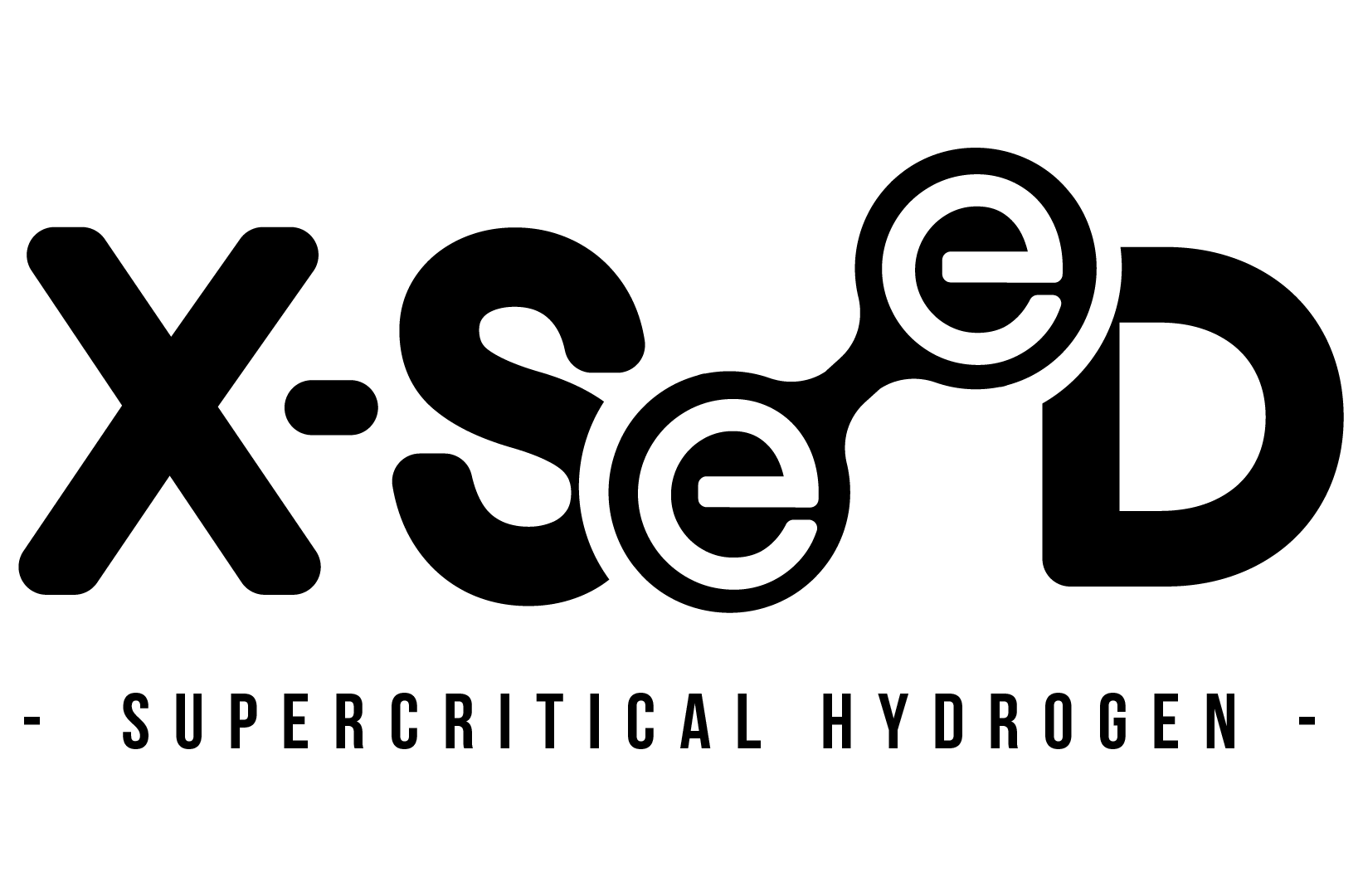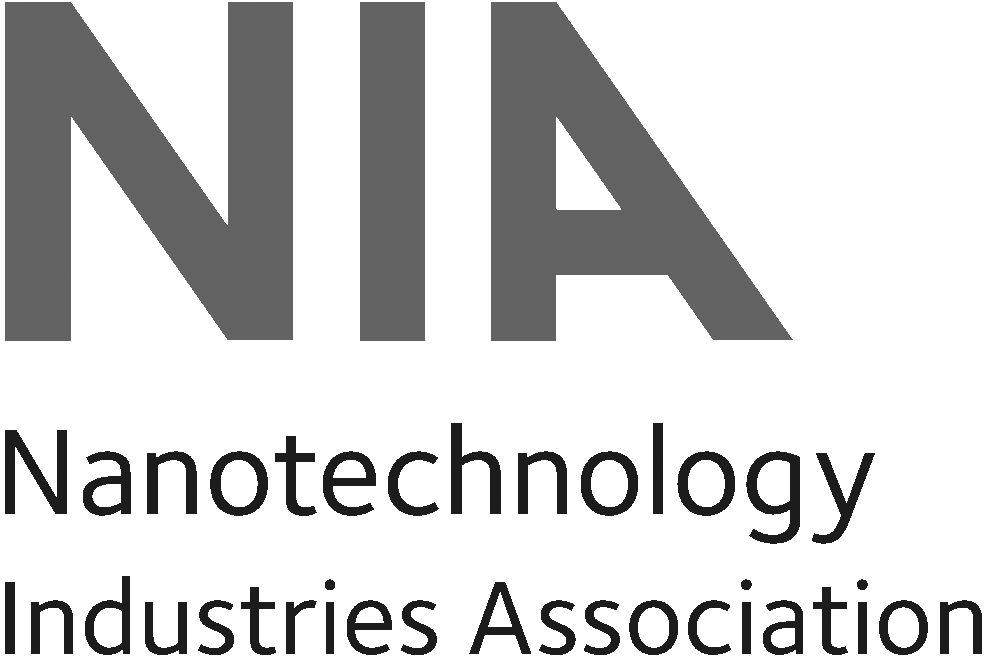
Catalysis & Photocatalysis
Nanomaterials are transforming the chemical, petrochemical, pharmaceutical, and environmental industries by making catalytic processes cleaner and more efficient.
Their photocatalytic capabilities also power air purification systems, self-cleaning surfaces, and solar-driven chemical production for a more sustainable future.

Sensors & Electronics
Across the automotive, environmental monitoring, and semiconductor sectors, nanomaterials enable compact, highly sensitive sensors and next-gen electronic devices.
From gas detectors to biosensors, these technologies support innovations in industrial automation, and real-time environmental diagnostics.

Energy storage & Conversion
Nanostructured materials are central to energy storage and conversion technologies, including batteries, supercapacitors and fuel cells.
They're also key to solar energy conversion and hydrogen production, driving innovationin renewable energy infrastructure.

Advanced Coatings
The aerospace, automotive, defense, and construction industries benefit from nanomaterials in the form of thermal barriers, corrosion-resistant layers, and wear-proof surfaces.
Nanoparticles can be applied in coatings and surfaces with antibacterial and antifungal properties for medical devices, technical textiles, building materials in healthcare and public environments.

Optics, Photonics & Pigments
Nanomaterials unlock new possibilities in optics, photonics, and consumer products by manipulating light at the nanoscale.
Their use in LEDs, laser components, optical coatings, security inks, and pigments enables vibrant color control, energy-efficient displays, and anti-counterfeiting technologies.

Advanced Research & Emerging Technologies
Nanomaterials are foundational to innovation in academic research, government labs, and high-tech industries. They are crucial for advancing multifunctional systems across disciplines like materials science, physics, chemistry, and nanomedicine. Their versatility fuels exploration at the edge of what’s possible.












.png)
.png)
.png)
.png)









